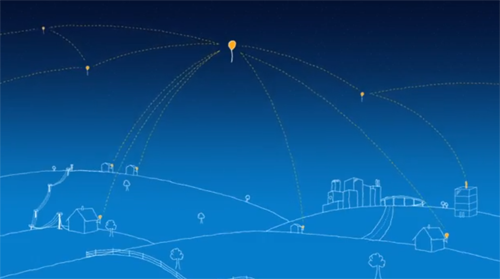Google is testing a way of using balloons to carry Internet signals to areas where a wired or cellphone connection isn’t financially viable. It’s part of a grand project with the stated aim of making the net available to every person in the world by the end of the decade.
The company appears relaxed with the idea that this is likely a hugely unrealistic idea, hence the double meaning of the name Project Loon.
The technology involves carrying transmitters and receivers on a 49-foot wide translucent helium balloon, shaped a little bit like a jellyfish. The balloons are designed to be carried by winds around 12 miles above Earth, just in the stratosphere (the second layer of the atmosphere from the ground.)
The first test involved Charles Nimmo, a farmer in Leeston on the Southern Island of New Zealand, a town with a population of 1,299 at the last census. He’d volunteered for the project as a tester, though wasn’t told exactly what it would involve until Google staff arrived with receivers to attach to his house. The test proved a success, with Nimmo able to get a connection for 15 minutes as the balloon passed over his house.
Google intentionally picked New Zealand to make the point that even developed nations can be lacking in reliable, high-speed access. Nimmo only has dial-up access through a wired connection and sometimes spends more than $1,000 a month on satellite internet. The choice of country was also influenced by communications outages in 2011 following a major earthquake.
In the long term, the plan is that the Google balloons would use solar panels to power their flight. Each balloon would cover around 780 square miles at a time, and signals would be bounced from balloon to balloon via ground stations sited 60 miles apart. The design allows for a single signal to be bounced along a chain of five balloons, the idea being to give a reliable and permanent connection to people on the ground.
Although Google doesn’t have to worry about frequency licensing in the same way as cellular and satellite providers, it will need to co-ordinate with local air traffic controllers when launching and recovering the balloons, which fly a little over twice the height of most planes but well below that of satellites.
The next step of the testing will be to set up a wider network of balloons flying along the 40th parallel south, which covers the North Island of New Zealand, Tasmania and parts of Chile and Argentina.
Google hasn’t yet addressed how much the service would cost if and when it becomes commercially available.
http://youtu.be/m96tYpEk1Ao

